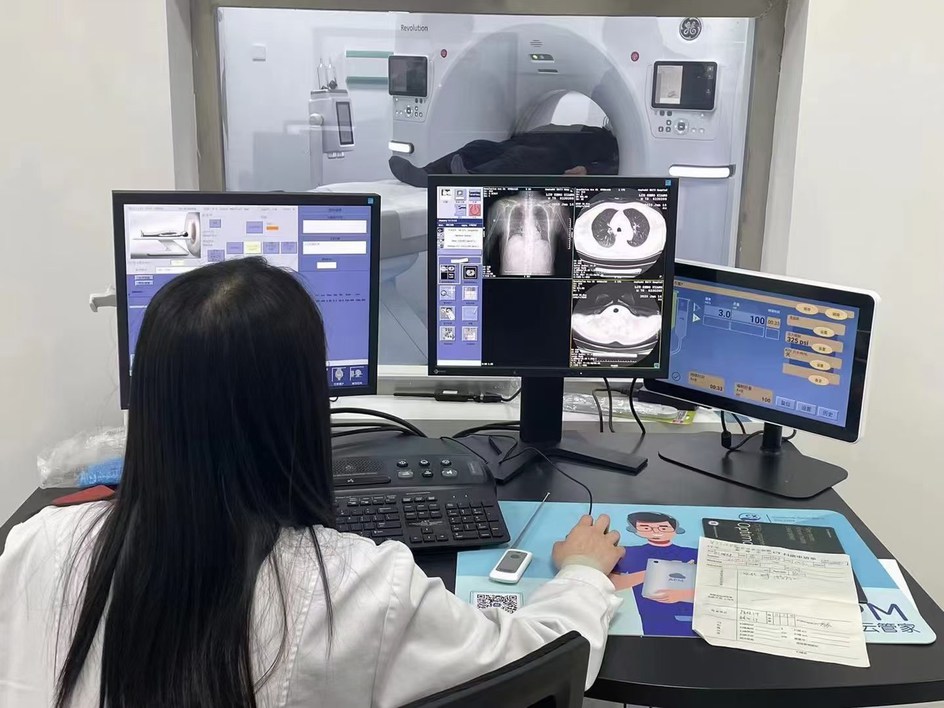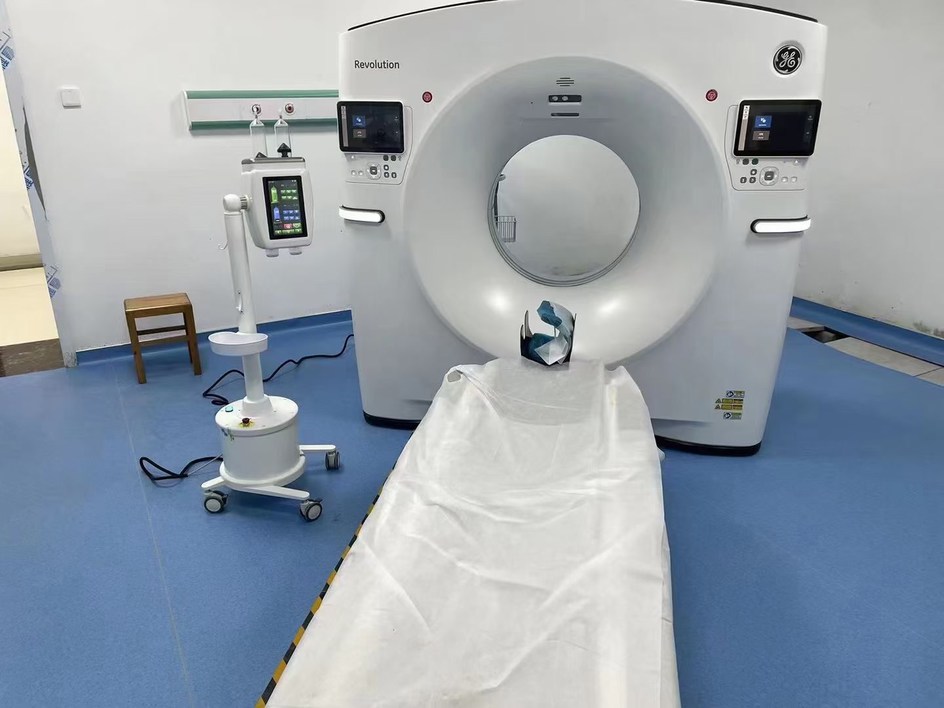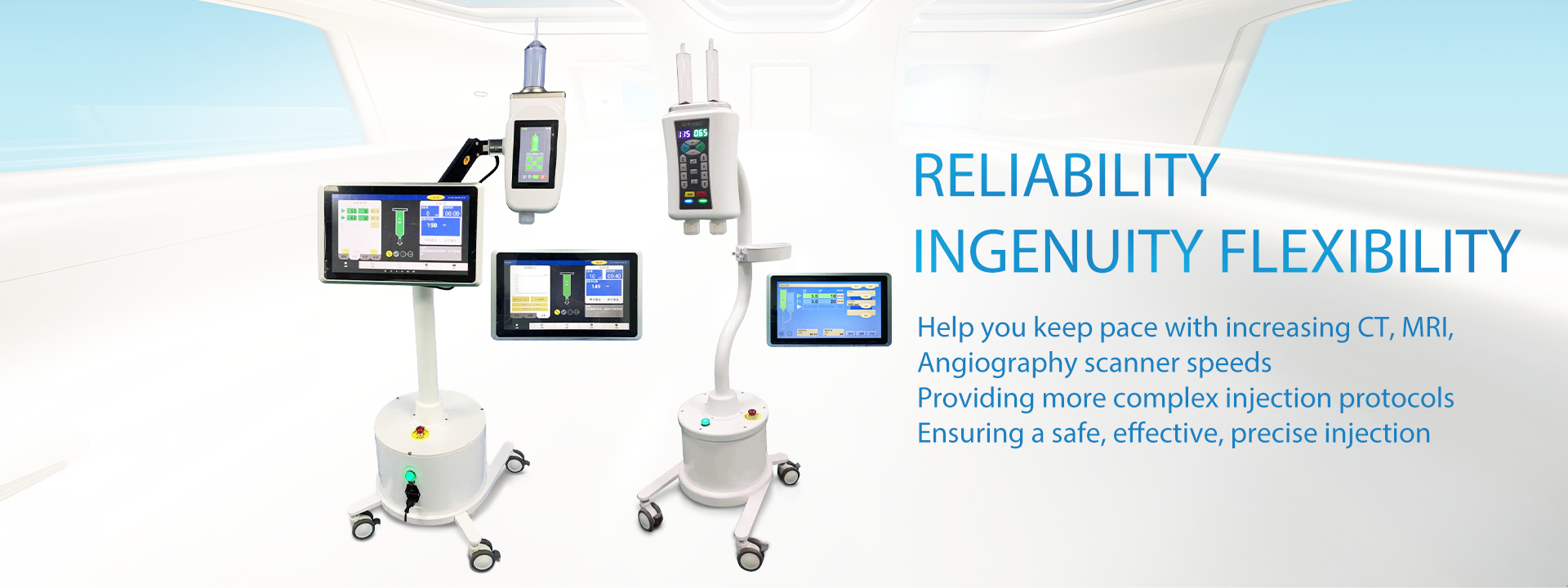When someone has a stroke, the timing of medical help is critical. The quicker the treatment, the better the patient’s chance of making a full recovery. But doctors need to know which type of stroke to treat. For example, thrombolytic drugs break up blood clots and can help treat strokes that block blood flow to the brain. The same drugs can have disastrous consequences in the event of a stroke involving bleeding in the brain. Approximately 5 million people worldwide are permanently disabled by stroke each year, and an additional 6 million people die from stroke each year.
In Europe, an estimated 1.5 million people suffer a stroke every year, and one-third of them still rely on outside help.
New view
The ResolveStroke researchers rely on ultrasound imaging rather than traditional diagnostic techniques, primarily CT and MRI scans, to treat stroke.
While CT and MRI scans can provide clear images, they require specialized centers and trained operators, involve bulky machines, and, most importantly, take time.
Ultrasound uses sound waves to generate images, and since it is more portable, a faster diagnosis can be made even in an ambulance. But ultrasound images tend to be less accurate because the scattering of waves in the tissue limits the resolution.
The project team built on super-resolution ultrasound. The technique maps blood vessels by using contrast agents, which are clinically approved microbubbles, to track the blood flowing through them, rather than the blood vessels themselves, as with traditional ultrasound. This gives a clearer picture of blood flow.
Faster and better stroke treatment has the potential to dramatically reduce healthcare spending.
According to the European Advocacy group, the total cost of stroke treatment in Europe was 60 billion euros in 2017, and as Europe’s population ages, the total cost of stroke treatment could increase to 86 billion euros by 2040 without better prevention, treatment and rehabilitation.
Portable Assistance
As Couture and his team continue to pursue their objective of integrating ultrasound scanners into ambulances, researchers funded by the EU in neighboring Belgium are working to expand the use of ultrasound imaging across a wider range of healthcare applications.
A team of specialists is creating a handheld ultrasound probe designed to streamline diagnoses by physicians and enhance various areas, from prenatal care to sports injury treatment.
The initiative, known as LucidWave, is scheduled to run for three years until mid-2025. The compact devices under development measure approximately 20 centimeters in length and have a rectangular shape.
The LucidWave team aims to make these devices accessible not only in radiology departments but also in other areas of hospitals, including operating rooms and even in nursing homes for the elderly.
“We aspire to provide handheld and wireless ultrasound medical imaging,” stated Bart van Duffel, an innovation manager for membrane, surface, and thin film technology at KU Leuven University in the Belgian region of Flanders.
User friendly
To do this, the team introduced different sensor technology to the probe using microelectromechanical systems (MEMS), which is comparable to the chips in smartphones.
“The project prototype is very simple to use, so it can be used by a variety of medical and healthcare professionals, not just ultrasound specialists,” said Dr. Sina Sadeghpour, research manager at KU Leuven and head of LucidWave.
The team is testing the prototype on cadavers with the aim of improving image quality – an important step towards applying for trials on living people and eventually bringing the device to market.
The researchers estimate the device could be fully approved and available for commercial use in about five years.
“We want to make ultrasound imaging widely available and affordable without compromising functionality and performance,” van Duffel said. “We see this new ultrasound technology as the stethoscope of the future.”
————————————————————————————————————————————————————————————————————————————————————————-
About LnkMed
LnkMed is also one of the companies dedicated to the field of medical imaging. Our company mainly develops and produces high-pressure injectors for injecting contrast media into patients, including CT single injector, CT double head injector, MRI injector and Angiography high pressure injector. At the same time, our company can provide consumables matching the commonly used injector’s on the market, such as from Bracco,medtron,medrad,nemoto,sino, etc. Up to now, our products have been sold to more than 20 countries overseas. The products are generally recognized by foreign hospitals. LnkMed hopes to support the development of medical imaging departments in more and more hospitals with its professional capabilities and excellent service awareness in the future.
Post time: May-20-2024











